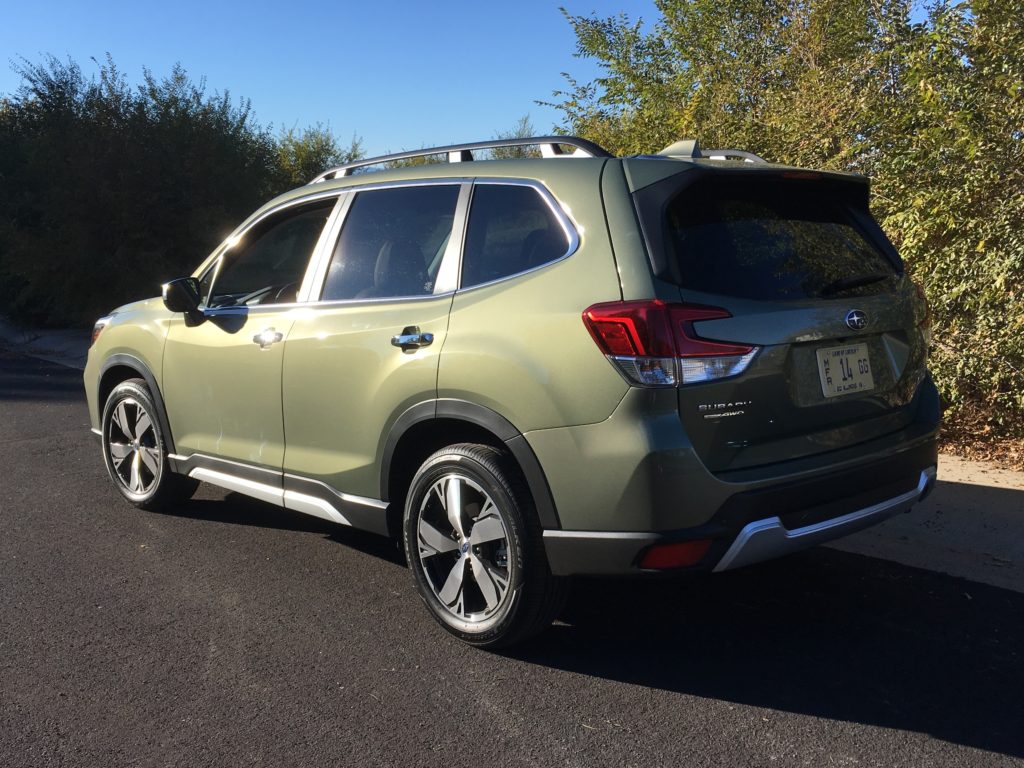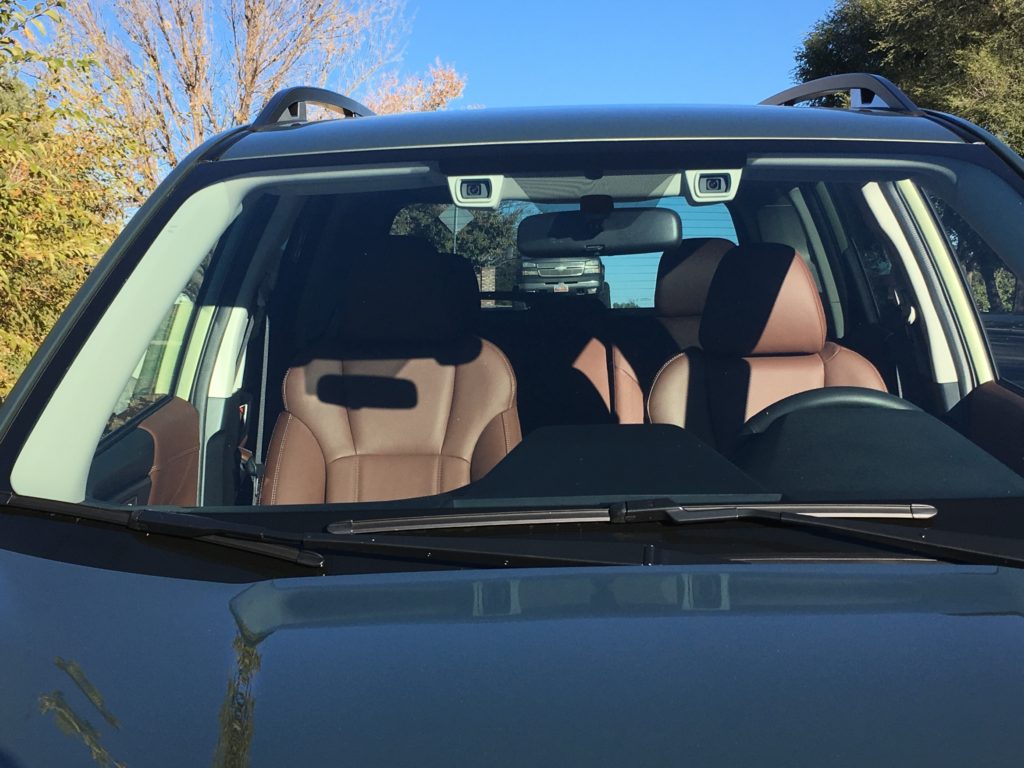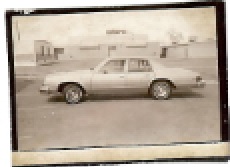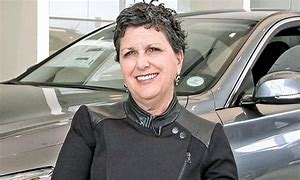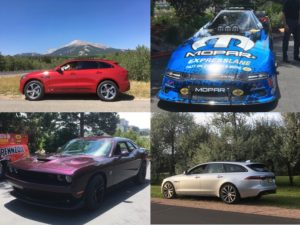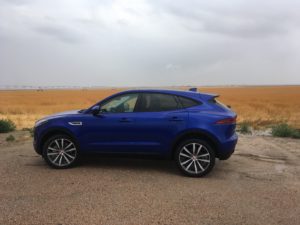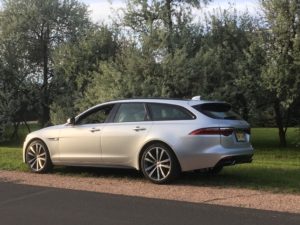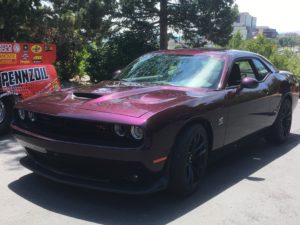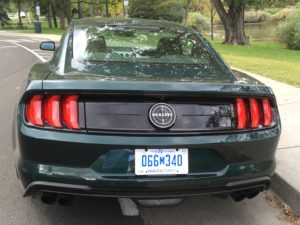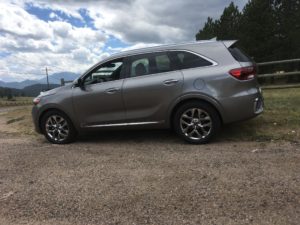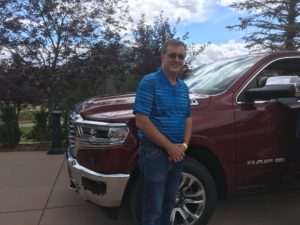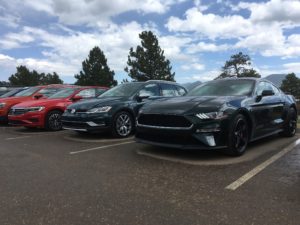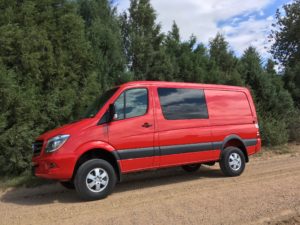
The Beetle is going away – again.
Volkswagen said it will discontinue the Beetle following the 2019 model year. Only 13,000 have been sold through the end of October this year.
Special models planned for the finale were featured at the LA Auto Show.
Production was halted on the original Beetle 40 years ago, in 1978, also due to slackened demand for the iconic product.

The Beetle’s absence lasted almost 20 years; and in the spring of 1997 when the ’98 VW concept was unveiled, it was the biggest attraction at the Denver Auto Show.
A New Beetle was sent my way in March of ’98, and after driving it for a week all around the city, I wrote:
“In many years of automotive reviewing, I don’t remember anything that has drawn the attention of the New Beetle. Not the bright red SL500 convertible, nor the NSX; not even the Marathon Electric. When driven, the bright blue Beetle brought smiles and waves from fellow motorists and turned heads of people along the streets. When parked, it was the center of numerous “walk-arounds.” The attention came from all ages – kids, housewives, retirees. It seems to be an emotional thing, and is creating a healthy dose of fun in the automotive world.”
So, is this truly the end of the lovable Bug, or might it resurface down the road?
“The loss of the Beetle will evoke a host of emotions from its many devoted fans,” said Hinrich J. Woeboken, president and CEO of Volkswagen Group of America. “There are no immediate plans to replace it, but I would also say ‘Never say never’.” Production will end in Puebla, Mexico, in July 2019.
With its nice, soft lines and a bud vase up front, it’s not surprising that by 2002, in four years of New Beetle production, 60 percent of buyers had been women.
To emphasize a more manly side of the ‘02 Beetle, VW offered a Turbo S package of 180-horsepower turbocharged 4-cylinder engine and the company’s first 6-speed manual transmission under the hood, and it spurred sales for several years. More recently, sales have been on a downward spiral for the past five years.
Among special models to join Volkswagen for the Beetle’s final year will be the Final Edition SE and Final Edition SEL, both available in coupe and convertible body styles. Pricing for the coupes will start at $23,940 for the SE and $26,890 for the SEL; the convertibles will start at $28,290 for the SE and $30,890 for the SEL.
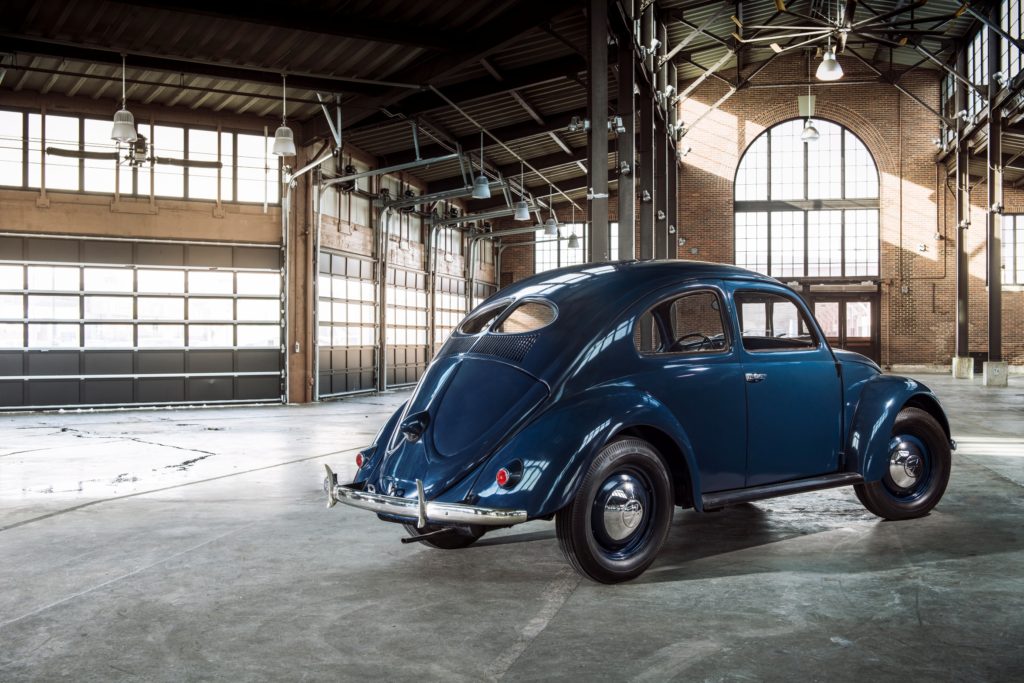
The post-World War II boom was underway in 1949 when Ben Pon Sr., a Dutch businessman, shipped a Volkswagen Beetle to New York City. From that first Beetle, priced at $800, sales climbed rapidly. By the mid-1950s, more than 35,000 had been sold. Sales soared in the 1960s, and by the end of the decade, the Beetle was selling 400,000 models a year.
I was a young employe at the Sterling Journal-Advocate in the late 1950s when Sherm Sigler, longtime press foreman and photographer at the paper, bought a new Beetle. For several years, he drove it all over the Logan County countryside while pursuing photos, and became recognized nearly as much for his little car as for the Graflex 4X5 Speed Graphic camera he carried with him.
More than 5.5 million Beetles have been sold in the U.S.
